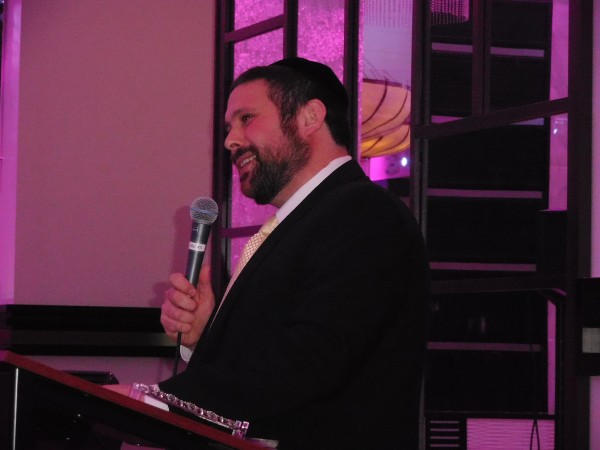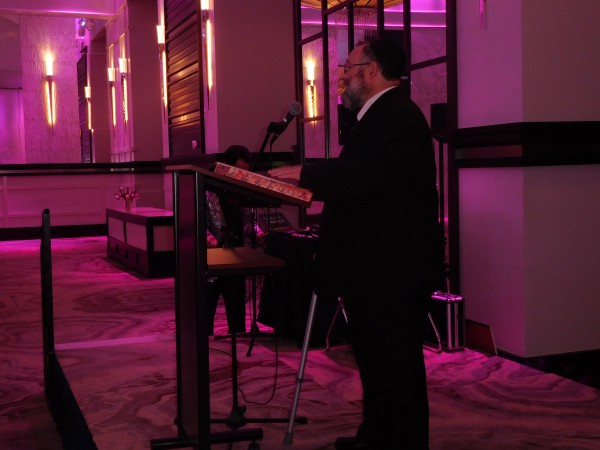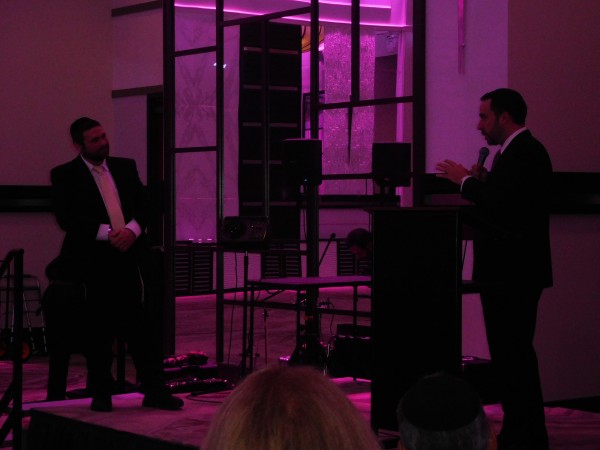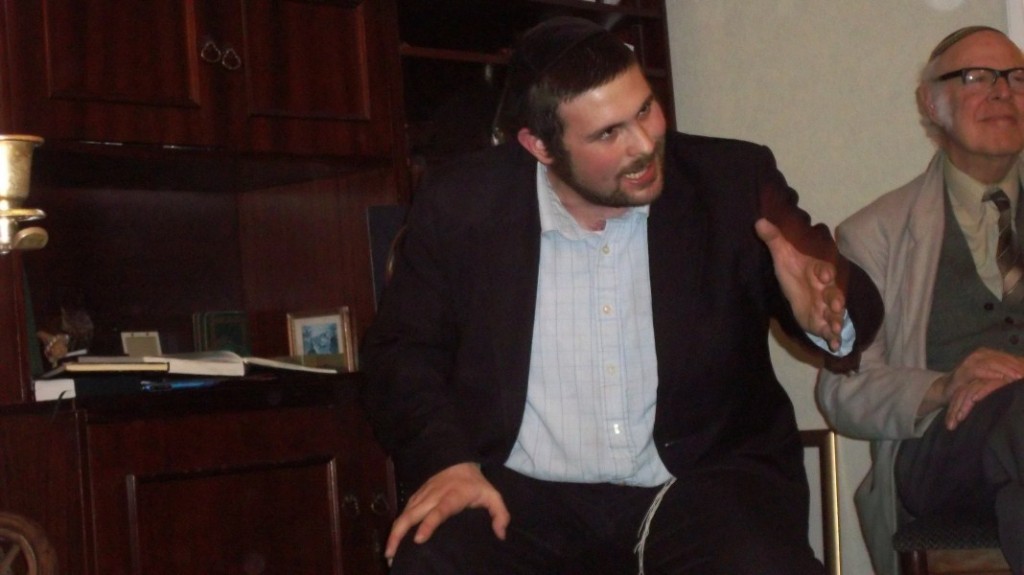Month: כ״א באדר א׳ תשע״ט (February 2019)
Looking forward to seeing you all there
Parshas Ki SISA – What on earth were the Jews were thinking?
This week’s parsha starts and finishes on a very happy positive note. However the middle is not at all positive. We start off reading about the commandment to unify the Jewish people by each adult male giving half a shekel as a donation to the Mishkan. This was also used as a means of census taking. Our rabbis learn from here that its forbidden to count Jews by number even for a minyan. We then read of the special anointing oil and the “ketores“. We are enthralled to read of the laws of Shabbat. We are excited to see that HaShem has chosen Betzalel to construct the Mishkan. The Jews in the desert were on cloud nine. But then it all comes crashing down. The Jewish people got frightened and scared that Moshe has expired “up in heaven”. They miscalculated the 40 day period that he was on Har Sinai and assumed he was ‘lost at heaven’. Bewildered and at a loss to know what to do, they decide to make a golden calf to act as the interface between Hashem and the Jews.
If you remember a few weeks ago we spoke about how the Jews just having been released from slavery were still in a slave mentality. These were people not used to being free so much so, that every time something went wrong they wanted to go back to Egypt. The same Egypt that caused them the worst type of slavery imaginable. [I think it’s called the Stockholm syndrome today]. These were the people who couldn’t cope with hearing Hashem’s voice on Har Sinai and had to get Moshe to intervene. These are the people who experienced Moshe release them from slavery, split the sea, bring the bread down from heaven, and bring up the wellspring from the ground. All of a sudden they thought their mentor was dead. They didn’t know what to do. They couldn’t imagine that they could communicate directly with Hashem. They couldn’t imagine anybody else to replace Moshe other than a magical figure that they were about to create. They knew that God existed and that he was the one doing all the miracles and running their lives, they just wanted a go-between. Of course this was a massive error. This is how the Rambam describes the initial thought process behind original forms of idolatry. They started making images to represent Hashem and then as generations passed, they forgot what the images represented and just served the images. We should view ourselves as holy and worthy enough of communicating directly with Hashem. You only need to look at the end of the Parsha to see how Moshe uses his unique and special relationship with Hashem to pardon the Jewish nation’s monumental sin and also to catch a glimpse of Hashem’s“neck“. The lesson we should take from this is to feel privileged to serve Hashem directly without the need for an intermediary.
My dads speech at my installation as Rabbi of DOS
My installation as Rabbi of DOS
https://www.facebook.com/zevi.saunders/videos/10156565521679748/
A discussion on the Vessels of the Mishkan
Parshat Terumah – Was the Mishkan an original plan or a reaction to the sin of the Golden Calf
Source materials
Soforno shemoth 22- 23 א אליך וברכתיך, you do not need to employ artificial means made from silver or gold to attract My benevolent providence, for I can come to you anywhere and bless you when you but mention My name in prayer. soforno terumah 25 5 And so should you make [it]. Hashem’s presence would dwell among them only by means of the Tabernacle. This was a step down from what He had promised them before the sin of the Calf, “In every place that I permit My Name to be mentioned I will come to you and bless you” (20:21). 25:12 Rahi Ki Sisa 33-18 ויתן אל משה וגו׳ AND HE GAVE UNTO MOSES etc. — There is no “earlier” or “later” (no chronological order) in the events related in the Torah: in fact the incident of the golden calf (related in ch. 31) happened a considerable time before the command regarding the work of the Tabernacle was given (ch. 25 and the following chapters). For on the seventeenth of Tammuz were the Tablets broken (when the people were worshipping the calf) and on the Day of Atonement God became reconciled with Israel (after Moses had prayed 80 days for forgivenness; so that it is very unlikely that the command for the building of the Tabernacle should have been given before that day) and on the next day, the eleventh of Tishri (cf. Rashi on Exodus 33:11, at end of comment on ושב אל המחנה), they began to bring their contributions for the Tabernacle which was set up on the first of Nisan. (From the seventeenth of Tammuz until the eleventh of Tishri are almost three months — ימים רבים) (Midrash Tanchuma, Ki Tisa 31). Talmud pessachim 54a The Gemara answers: This is not difficult. This baraita is referring to our fire, and that baraita is referring to the fire of Gehenna. The Gemara explains: Our fire was created at the conclusion of Shabbat, but the fire of Gehenna was created on Shabbat eve. The Gemara proceeds to ask: Was the fire of Gehenna created on Shabbat eve? Wasn’t it taught in a baraita: Seven phenomena were created before the world was created, and they are: Torah, and repentance, and the Garden of Eden, and Gehenna, and the Throne of Glory, and the Temple, and the name of Messiah.






